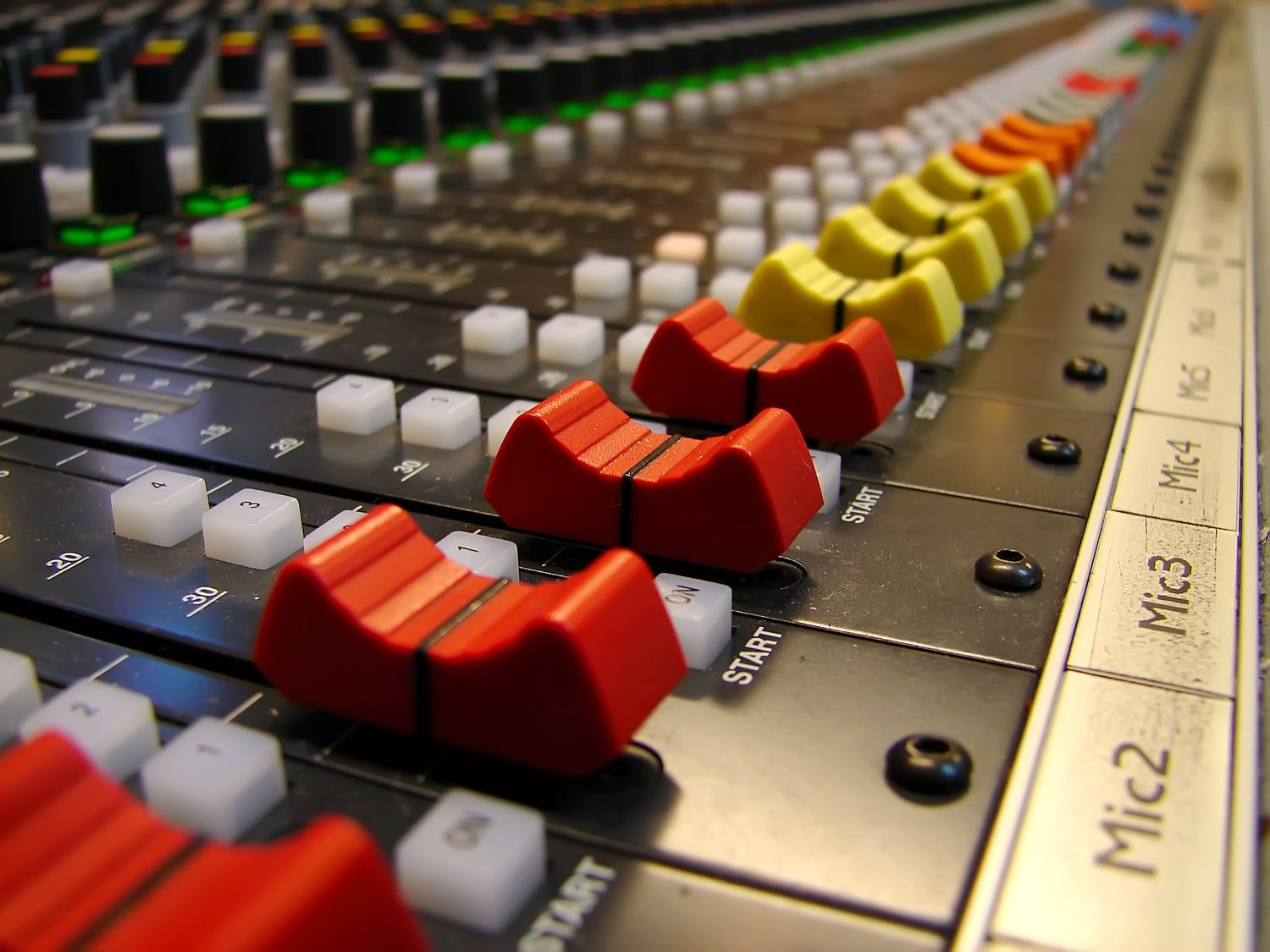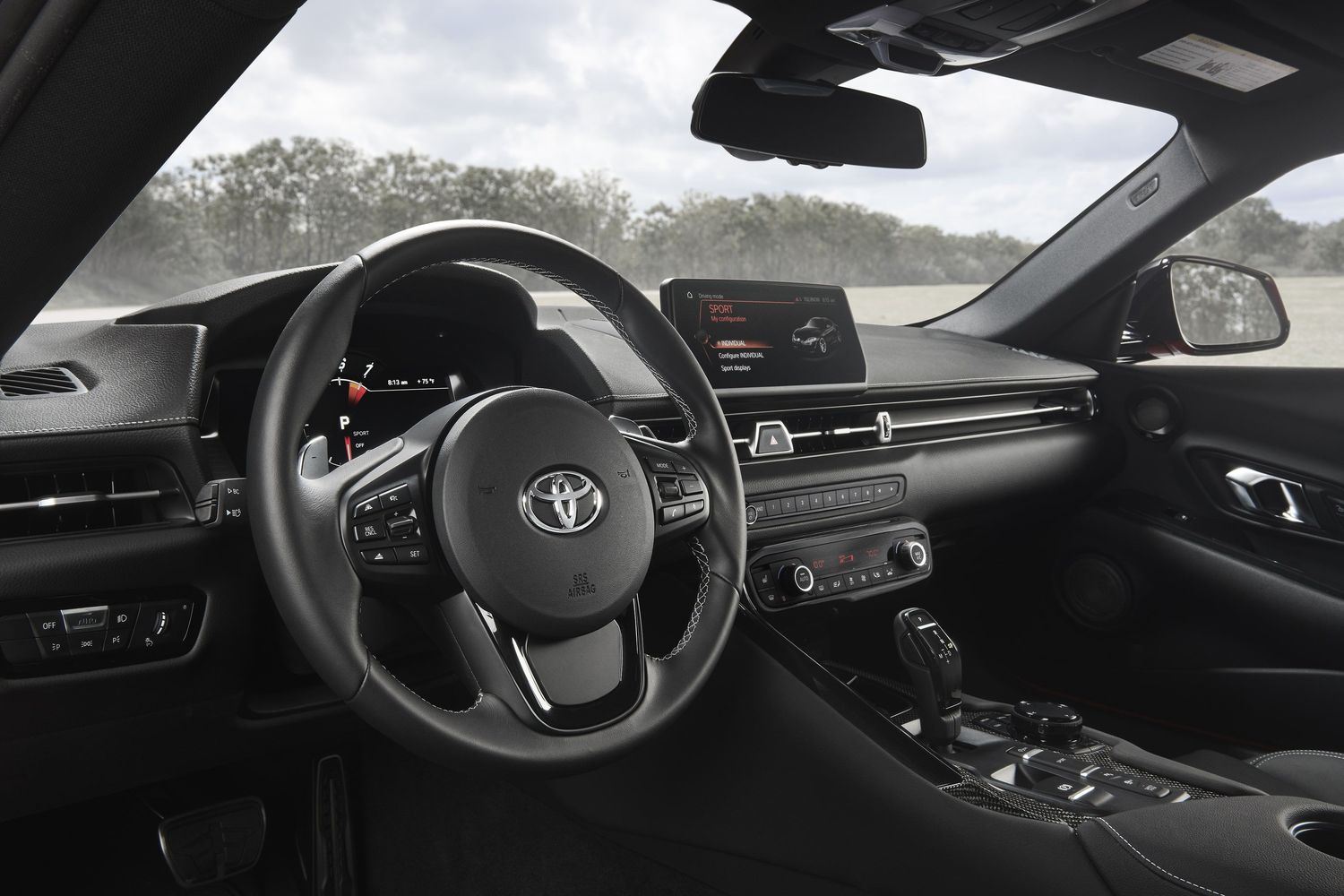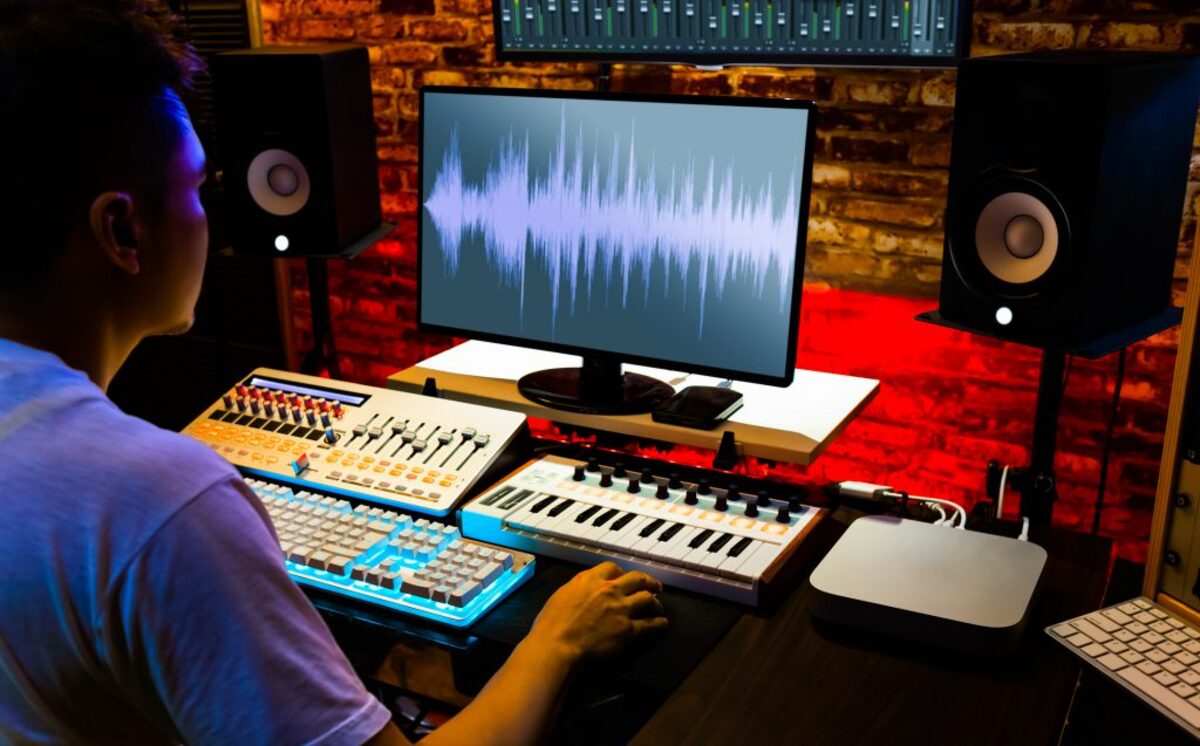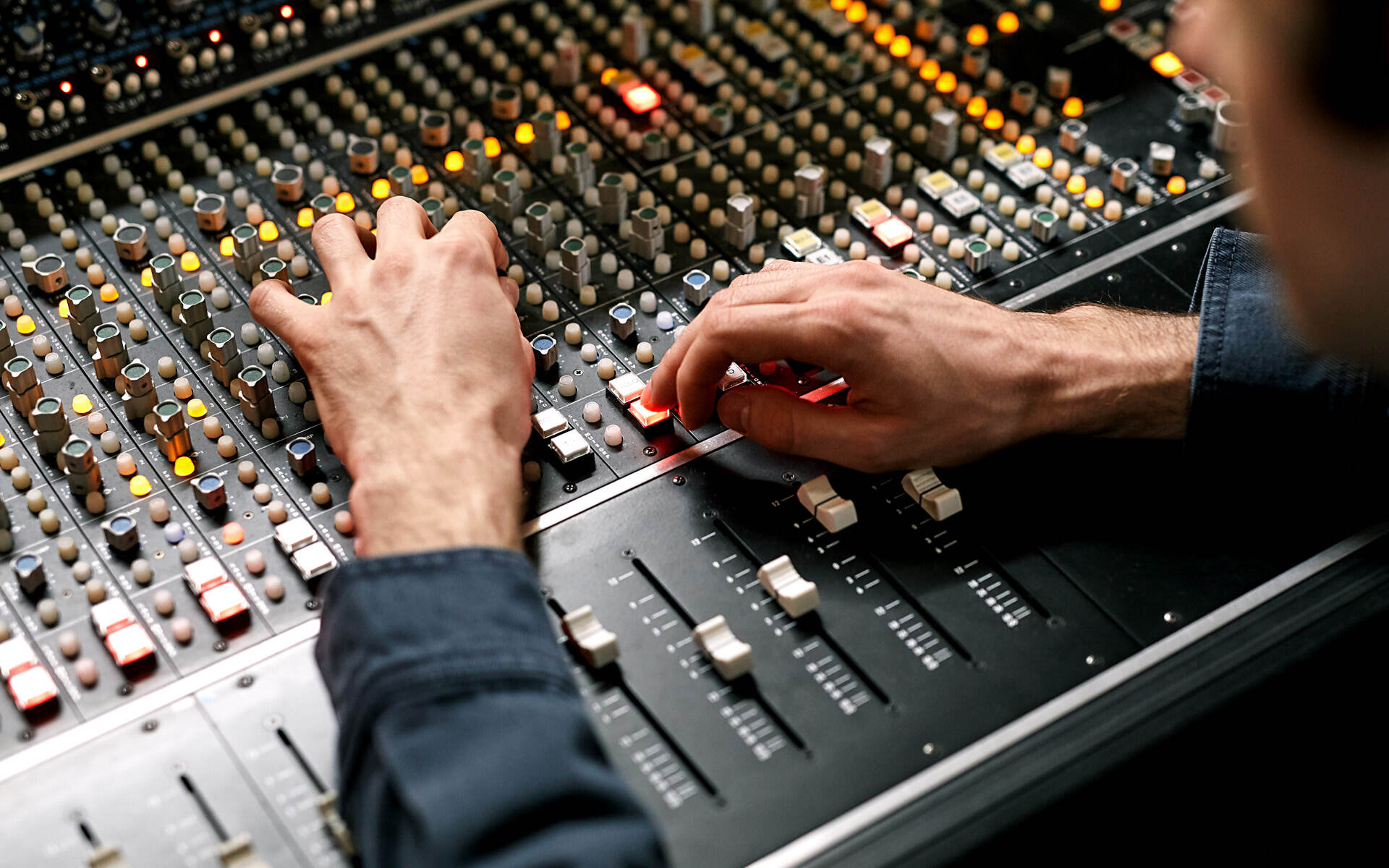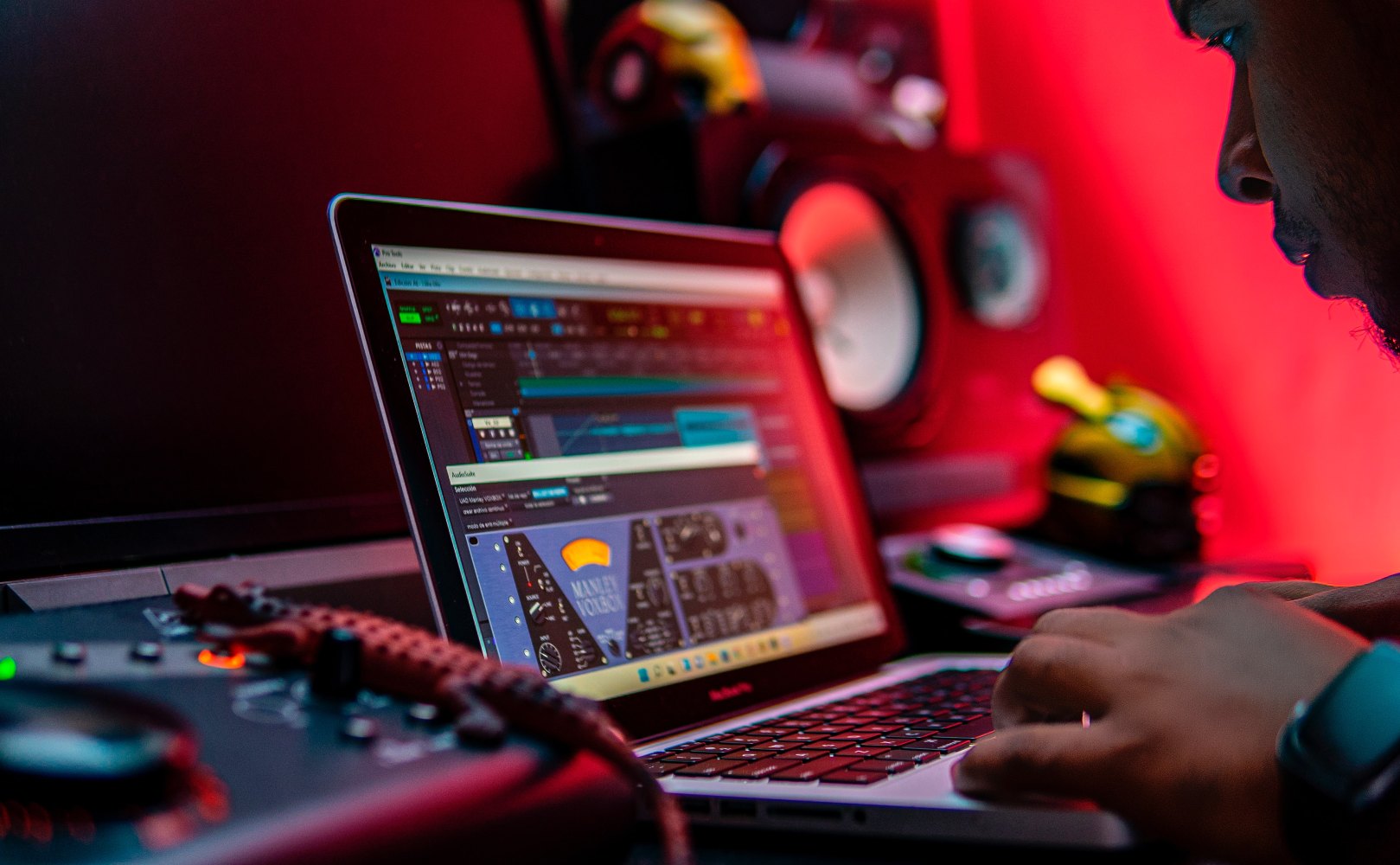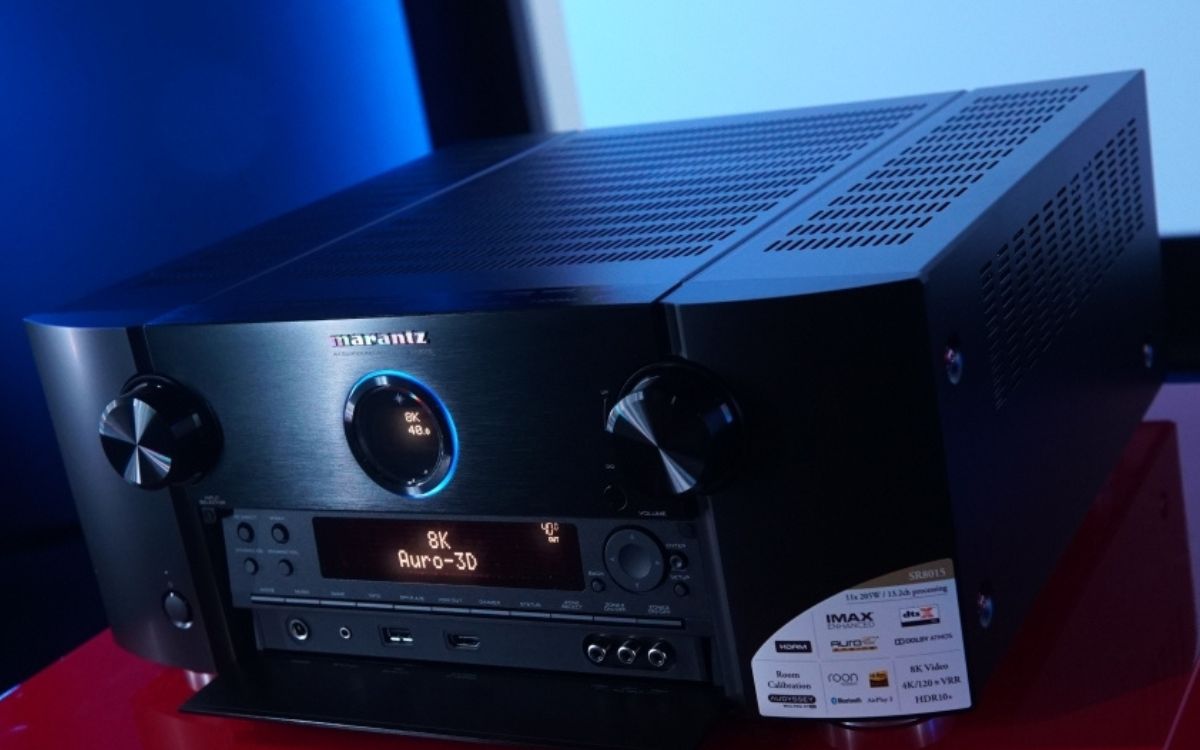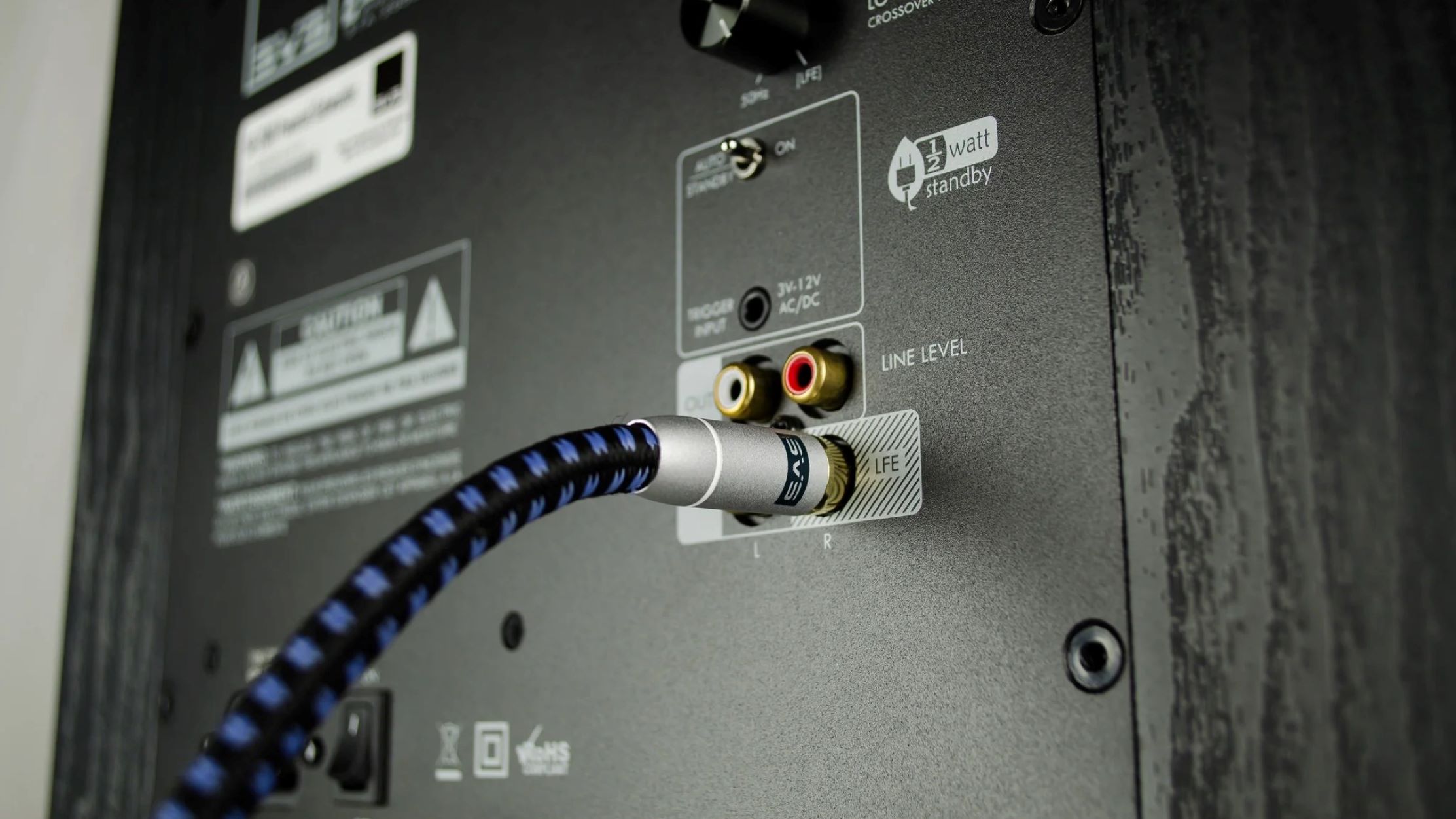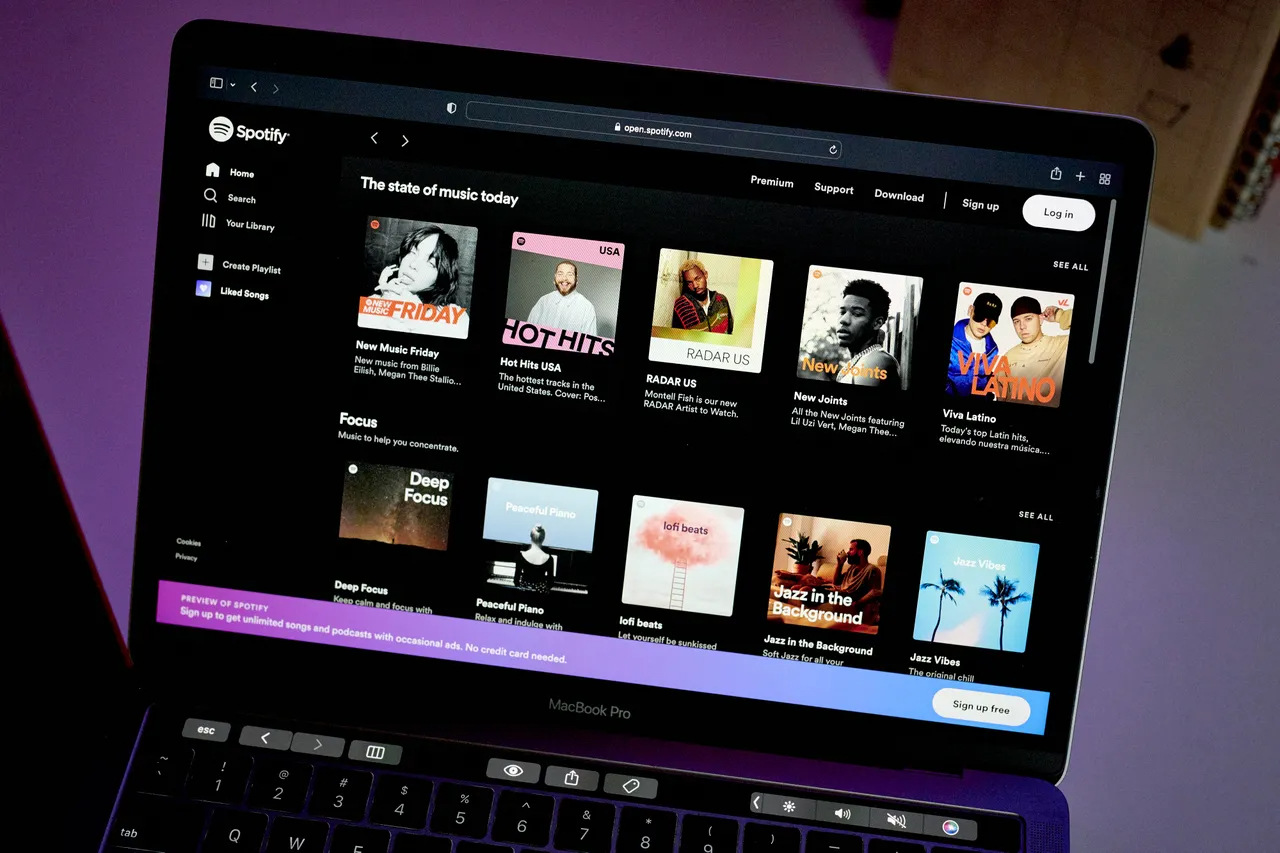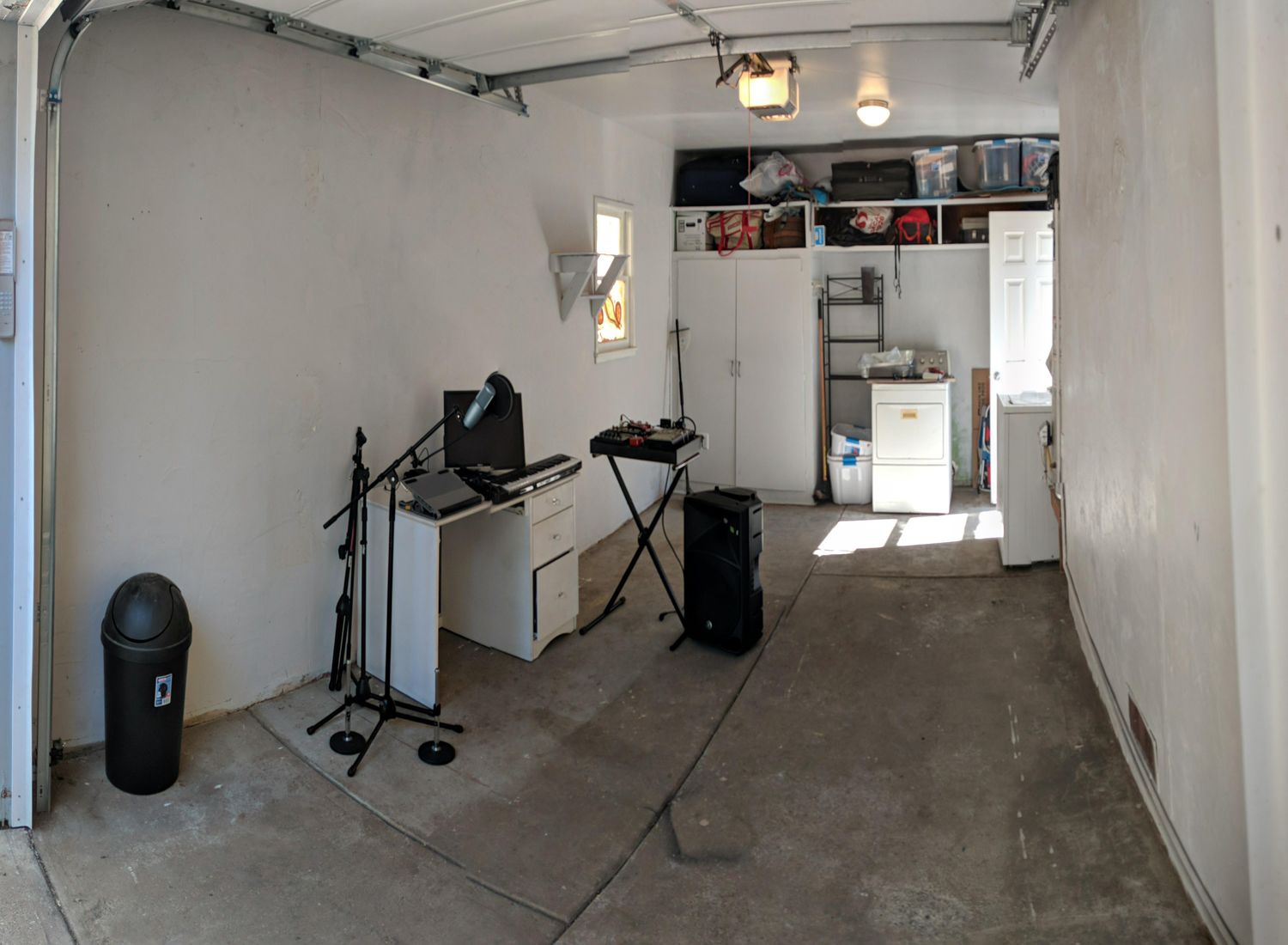Home>Devices & Equipment>Turntable>What Do I Need For A Turntable Setup
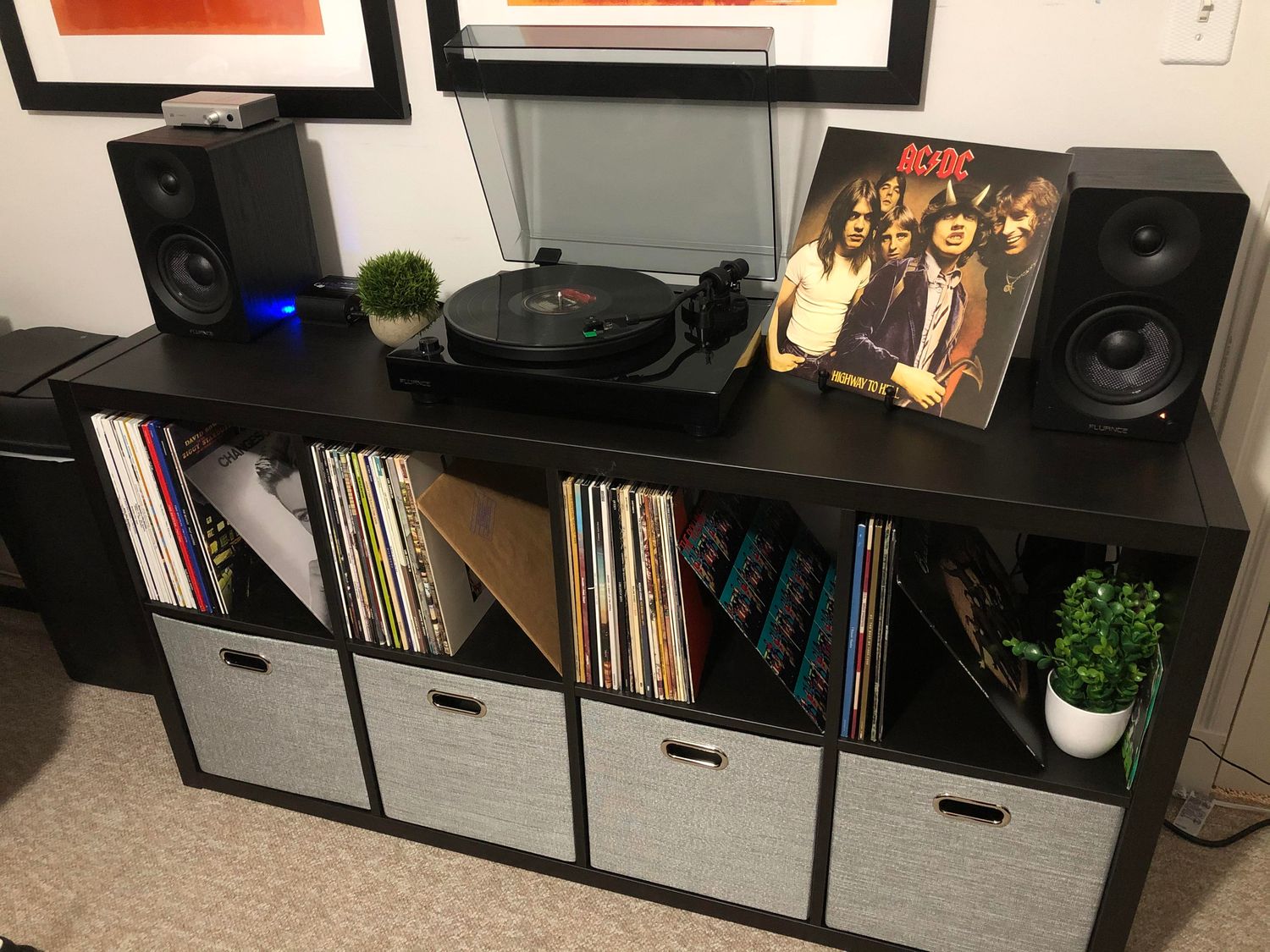

Turntable
What Do I Need For A Turntable Setup
Modified: January 22, 2024
Looking to set up a turntable? Discover the essentials you need for a perfect turntable setup, including the must-have accessories.
(Many of the links in this article redirect to a specific reviewed product. Your purchase of these products through affiliate links helps to generate commission for AudioLover.com, at no extra cost. Learn more)
Table of Contents
Introduction
Setting up a turntable can be a delightful experience, whether you are a seasoned vinyl enthusiast or just beginning your journey into the world of analog music. The warm sound and nostalgic charm of vinyl records have made a resurgence in recent years, drawing music lovers back to the tangible and immersive experience of vinyl playback.
However, to fully enjoy the beauty of vinyl, you need more than just a turntable. Building a proper turntable setup requires a few essential components that work together to deliver high-quality sound. In this article, we will explore the key elements needed for a complete turntable setup.
From the turntable itself to the necessary audio equipment and accessories, each component plays a crucial role in achieving optimal audio playback. By understanding the importance of each element and how they work together, you can create an immersive vinyl listening experience that showcases the true potential of your favorite records.
So, whether you are a vinyl enthusiast looking to upgrade your current setup or a beginner taking your first steps into the world of turntables, let’s dive in and explore the essential components needed for a turntable setup that will bring your vinyl collection to life.
Turntable
The turntable is the heart of your setup and the device that brings the magic of vinyl to life. It consists of a platter, tonearm, and cartridge. The platter is where you place your vinyl records, and it rotates at a consistent speed to ensure accurate playback.
The tonearm holds the cartridge, which houses the stylus that comes into contact with the record’s grooves. It is crucial to choose a turntable with a well-designed tonearm that provides smooth movement and precise tracking, as this will directly impact the sound quality.
When selecting a turntable, consider factors such as drive type (belt-driven or direct drive), build quality, and speed adjustments. Belt-driven turntables are known for their isolation of motor noise, leading to quieter operation, while direct drive turntables offer better speed stability and are often preferred by DJs.
Additionally, choose a turntable with adjustable tracking force, anti-skate control, and a removable headshell. These features allow you to fine-tune the setup to ensure optimal performance and accommodate different cartridges.
Popular options for turntables include the Audio-Technica AT-LP120XUSB, Pro-Ject Debut Carbon, and Rega Planar 1. However, there are various choices available at different price points, so it’s essential to research and find a turntable that fits your budget and requirements.
Speakers
Speakers are a critical component of your turntable setup, as they are responsible for reproducing the audio signal from your records in a clear and accurate manner. A good pair of speakers can make a significant difference in the overall sound quality and the listening experience.
When choosing speakers for your turntable setup, consider factors such as size, power, and sound quality. Bookshelf speakers are a popular choice due to their compact size and versatility. They can be placed on stands or bookshelves, making them ideal for smaller spaces. Floor-standing speakers, on the other hand, provide more robust bass response and better fill larger rooms.
Another factor to consider is whether you want passive or active speakers. Passive speakers require an external amplifier to power them, while active speakers have built-in amplifiers. If you choose passive speakers, make sure to match them with a compatible amplifier to ensure proper performance.
Some well-regarded speaker options for turntable setups include the Klipsch RP-600M, Elac Debut 2.0 B6.2, and KEF LS50 Wireless. However, there are many excellent speaker options available at various price points, so it’s essential to listen to different models and choose speakers that complement your musical preferences and room acoustics.
Additionally, consider the placement of your speakers in the room. Optimal speaker placement can enhance the soundstage and imaging, creating a more immersive listening experience. Experiment with speaker positioning and consider factors such as distance from walls, toe-in angle, and room treatment to achieve the best sound quality.
Amplifier
An amplifier is a crucial component in your turntable setup that boosts the audio signal from your turntable and provides the power necessary to drive your speakers. It plays a vital role in shaping the sound and ensuring optimal performance.
When choosing an amplifier, there are two main types to consider: integrated amplifiers and separate preamp/power amp combinations. Integrated amplifiers combine both the preamp and power amp functions into one unit, offering convenience and cost-effectiveness. On the other hand, separate preamp and power amp setups allow for more flexibility and upgrade options.
Key factors to consider when selecting an amplifier include power output, connectivity options, and tonal characteristics. Ensure that the amplifier has enough power to effectively drive your speakers. Connectivity options, such as RCA inputs and outputs, as well as a dedicated phono input for your turntable, are crucial for seamless integration into your setup.
When it comes to tonal characteristics, consider your musical preferences. Some amplifiers have a warm and smooth sound signature, while others may lean towards a more analytical and detailed presentation. Listening to different amplifiers with your speakers and turntable setup is essential to finding one that complements your system and personal taste.
Popular amplifier options for turntable setups include the Marantz PM6007, Yamaha A-S301, and Cambridge Audio CXA61. However, there is an abundance of choices available at various price points, so it’s important to explore different models and find an amplifier that meets your specific needs.
Remember, the amplifier plays a significant role in the overall sound quality of your turntable setup. Investing in a good-quality amplifier can greatly enhance your listening experience and allow you to fully enjoy the richness and depth of your vinyl collection.
Phono Preamp
A phono preamp, also known as a phono stage or a phono amplifier, is a crucial component in a turntable setup. Its primary function is to boost the low-level output signal from the turntable’s cartridge to line level, which can then be amplified by a regular amplifier or receiver.
The phono preamp is necessary because vinyl records are recorded with a specific equalization curve known as the RIAA equalization. This equalization curve boosts low frequencies and reduces high frequencies during the recording process. The phono preamp reverses this equalization curve, allowing you to hear the audio on your vinyl records as intended.
Most modern turntables come with a built-in phono preamp, known as a phono stage, making it easy to connect the turntable directly to an amplifier or receiver without the need for an external phono preamp. However, some turntables do not have a built-in phono stage, in which case you will need to purchase a separate phono preamp.
When choosing a phono preamp, consider factors such as compatibility, sound quality, and connectivity options. Ensure that the phono preamp is compatible with your turntable’s cartridge type, whether it’s moving magnet (MM) or moving coil (MC). Some phono preamps offer switchable options to accommodate both cartridge types.
In terms of sound quality, look for a phono preamp that delivers clean and accurate amplification without introducing unwanted noise or distortion. Reading reviews and comparing specifications can help you find a phono preamp that meets your expectations.
Connectivity options are also important. Look for a phono preamp with the appropriate input and output connections for your setup, such as RCA or balanced XLR connections. Additionally, some phono preamps offer additional features like adjustable gain and capacitance settings, allowing you to fine-tune the sound to your preferences.
Popular phono preamp options include the Pro-Ject Phono Box MM, ART DJPREII, and Cambridge Audio Solo. However, there are numerous options available at various price points, so it’s important to research and find a phono preamp that suits your specific needs and budget.
Remember, a high-quality phono preamp is essential for accurate reproduction of the audio signal from your turntable, ensuring that you can enjoy your vinyl records with excellent fidelity and minimal interference.
Audio Cables
Audio cables are an essential part of any turntable setup as they transmit the audio signal from your turntable and other components to your amplifier or receiver. Choosing the right cables can make a noticeable difference in the overall sound quality and ensuring a reliable connection.
One of the most common types of audio cables used in turntable setups is the RCA cable. These cables have two connectors – one red and one white – and are used to connect the turntable’s output to the input of the amplifier or receiver. It is important to use high-quality RCA cables to minimize signal loss and interference.
When selecting RCA cables, consider factors such as cable construction, shielding, and connector quality. Look for cables with pure copper conductors, as they offer better conductivity and signal transmission. Additionally, cables with effective shielding can help reduce noise and interference from external sources.
Another type of audio cable to consider is the grounding cable. This cable connects the turntable’s grounding terminal to the amplifier or receiver’s grounding point. It helps eliminate any unwanted hum or noise that may occur due to grounding issues. Ensure that you have a proper grounding cable to maintain a clean and noise-free signal.
Furthermore, for certain turntable setups, you may need other types of cables such as XLR cables for balanced connections or digital cables for connecting a digital-to-analog converter (DAC) or other digital devices.
When purchasing audio cables, it’s important to consider the length you need for your setup. Longer cables may introduce more signal loss, so it’s advisable to keep the cable length as short as possible while still allowing for proper positioning of your components.
There are various reputable cable manufacturers, such as AudioQuest, Mogami, and Pro Co, that offer high-quality audio cables suitable for turntable setups. It’s recommended to invest in well-constructed cables, as they can significantly improve signal integrity and overall audio performance.
Remember, while audio cables may seem like a small component of your turntable setup, choosing the right cables can contribute to a cleaner, more reliable signal transmission, resulting in enhanced sound quality and a more enjoyable listening experience.
Vinyl Records
Vinyl records are the cherished medium that brings music to life in a unique and tangible way. Building a turntable setup wouldn’t be complete without building up a collection of vinyl records.
When it comes to vinyl records, you have a wide range of options to explore. From classic albums to contemporary releases, the world of vinyl offers a diverse selection of music across all genres. Whether you’re a fan of rock, jazz, hip-hop, or classical, there is something for everyone on vinyl.
Building a vinyl collection takes time and patience. You can start by exploring local record stores, online shops, or even second-hand marketplaces. Many artists and labels also offer special editions, limited pressings, and collector’s items, making the vinyl experience even more exciting.
When selecting vinyl records, consider factors such as album condition, pressing quality, and sound characteristics. Opting for high-quality pressings and well-maintained albums can result in better sound reproduction and an overall superior listening experience.
It’s also essential to handle and store your vinyl records properly to preserve their condition. Always handle records by the edges, avoiding touching the playing surfaces. Invest in inner and outer sleeves to protect the vinyl from dust, fingerprints, and scratches. Proper storage in a cool and dry environment away from direct sunlight is also crucial for maintaining the longevity of your record collection.
Additionally, consider exploring various record cleaning methods to keep your vinyl in optimal condition. Regular cleaning helps remove dust, debris, and static, ensuring that the stylus can track the grooves accurately and deliver pristine sound quality.
Remember, vinyl records offer a unique and immersive listening experience that cannot be replicated by digital formats. Building a vinyl collection allows you to appreciate music in a new light and rediscover the joy of album artwork, liner notes, and the tactile nature of handling records.
So, go ahead and embark on the exciting journey of building a vinyl collection. Explore different genres, discover new artists, and enjoy the nostalgia and richness that vinyl records bring to your turntable setup.
Turntable Mat
A turntable mat is a simple yet important component of your turntable setup. Placed on top of the platter, it provides a smooth and stable surface for your vinyl records to rest on while they are being played.
Turntable mats serve several purposes. First, they help reduce vibrations and resonance that can affect the sound quality during playback. By dampening vibrations, a high-quality turntable mat can help improve the overall clarity and detail of the audio reproduction.
Second, turntable mats help protect your vinyl records from scratches or damage. The soft surface of the mat ensures that the records are safely cushioned while they spin on the turntable platter, minimizing the risk of any surface imperfections.
When choosing a turntable mat, consider both its material and thickness. Cork, rubber, and felt are popular materials used for turntable mats. Each material has its own characteristics that can affect the sound and playback quality.
Cork mats, for example, provide excellent vibration damping and can enhance the clarity of the audio. Rubber mats offer good grip and grounding properties, reducing static and unwanted noise. Felt mats provide a gentle surface and can create a smoother playback experience.
Additionally, the thickness of the turntable mat can also impact the sound and overall performance. Thicker mats can enhance bass response and reduce resonance, while thinner mats may provide better high-frequency detail. It’s important to experiment and find the right thickness that works best for your setup and preferences.
Many turntable manufacturers offer mats specifically designed for their models, providing a perfect fit and compatibility. However, there are also aftermarket options available that cater to different turntable models and personal preferences.
Investing in a quality turntable mat can complement your turntable setup and contribute to a more enjoyable listening experience. It not only helps improve sound quality but also protects your precious vinyl records, ensuring they are treated with care and longevity.
Cleaning Supplies
Keeping your vinyl records clean is essential for maintaining their sound quality and longevity. Dust, debris, and static can accumulate on the record surface, affecting the playback and potentially causing damage to the stylus. To keep your vinyl in pristine condition, it’s important to invest in proper cleaning supplies.
One of the key tools for cleaning vinyl records is a record brush. These brushes are specially designed with soft bristles to remove dust and static from the record surface. Before each play, gently brush the record in a circular motion to remove any loose particles.
In addition to a brush, using a record cleaning solution is beneficial for a more thorough cleaning. Record cleaning solutions are formulated to effectively remove dirt, residue, and oils from the record surface. Apply a few drops of the solution onto a microfiber cloth or a dedicated cleaning brush, and gently wipe the record in the direction of the grooves.
For deeper cleaning, consider using a record cleaning machine or a manual record cleaning system. These systems use a combination of cleaning solutions and brushes to provide a deep and effective cleaning process. They can help remove embedded dirt and grime, resulting in a cleaner and clearer sound.
It’s important to handle records with care during the cleaning process. Always support the record with your fingertips on the label area to avoid placing pressure on the delicate grooves. Avoid touching the playing surface as much as possible, as even small particles or oils from your fingers can affect the sound quality.
Aside from record cleaning supplies, it’s also recommended to have a stylus cleaning brush or stylus cleaner on hand. This allows you to safely and gently clean the stylus, ensuring optimal tracking performance and preventing the accumulation of debris.
Remember, regular cleaning and maintenance of your vinyl records help preserve their sound quality and extend their lifespan. By investing in proper cleaning supplies and establishing a cleaning routine, you can enjoy your vinyl collection with enhanced audio fidelity and ensure it stands the test of time.
Accessories
In addition to the essential components of a turntable setup, there are various accessories that can enhance and complement your vinyl listening experience. These accessories can range from practical items to decorative elements that add a personal touch to your setup.
One useful accessory is a record storage solution. Properly storing your vinyl records is crucial for maintaining their condition. There are various options available, such as record crates, shelves, or specialized record storage units. Choose a storage solution that can accommodate your growing collection and provides easy access to your favorite records.
A record cleaning kit is another valuable accessory to consider. It typically includes a record brush, cleaning solution, and microfiber cloth, allowing you to keep your vinyl collection clean and free from dust and debris. Regular cleaning contributes to improved sound quality and prolongs the life of your records.
If you enjoy taking your music on the go, a record carrying case or bag is a handy accessory. These cases are designed to protect your vinyl records while providing a convenient way to transport them. Look for a case with sturdy construction and proper padding to ensure the safety of your records during travel.
For those seeking a personalized touch to their setup, decorative accessories can add flair and style. This could include artwork or posters of your favorite bands or musicians, vintage record labels, or even LED lighting to create a unique ambiance in your listening area. These accessories allow you to showcase your passion for vinyl and make your setup truly your own.
Additionally, investing in a good quality surge protector or power conditioner is advisable. These accessories help protect your valuable equipment from power surges and fluctuations, ensuring a stable and clean power supply to your turntable, amplifier, and other components.
Last but not least, don’t forget about the importance of proper furniture or stands for your turntable setup. A dedicated stand or shelf designed for turntables provides stability and isolation, minimizing vibrations that can negatively impact sound quality. Look for options with adjustable height or built-in cable management for added convenience.
Remember, accessories play a practical and aesthetic role in your turntable setup. They enhance functionality, protect your records, and allow you to customize your listening area according to your preferences. Consider the options that align with your needs and personal style to create a complete and enjoyable vinyl listening experience.
Conclusion
Building a turntable setup allows you to immerse yourself in the rich and captivating world of vinyl music. Each component in the setup plays a crucial role in delivering high-quality sound and ensuring an enjoyable listening experience.
Starting with a quality turntable as the centerpiece, you can explore options that suit your budget and preferences. Consider factors such as drive type, build quality, and speed adjustments to find the perfect turntable for your needs.
Pairing your turntable with the right speakers and amplifier is essential for achieving optimal sound reproduction. Choose speakers that complement your musical preferences and room size, and select an amplifier that provides adequate power and connectivity options.
Don’t forget the importance of a phono preamp in your setup, especially if your turntable does not have a built-in one. A phono preamp ensures accurate and balanced audio playback, so choose one that matches your cartridge type and desired sound characteristics.
Audio cables, turntable mats, and cleaning supplies all contribute to the overall performance and maintenance of your vinyl collection. Invest in high-quality cables and choose the right mat material and thickness to enhance sound quality and protect your records. Regular cleaning and proper maintenance will keep your vinyl in optimal condition for years to come.
Finally, consider accessories that add a personal touch and enhance your listening area. From record storage solutions and carrying cases to decorative elements, these accessories allow you to express your passion for vinyl and create a unique setup.
By carefully selecting each component and accessory, you can create a turntable setup tailored to your preferences and enjoy the timeless appeal of vinyl records. Whether you are a seasoned collector or just beginning your vinyl journey, a well-crafted turntable setup will bring your favorite music to life and provide countless hours of enjoyment.

